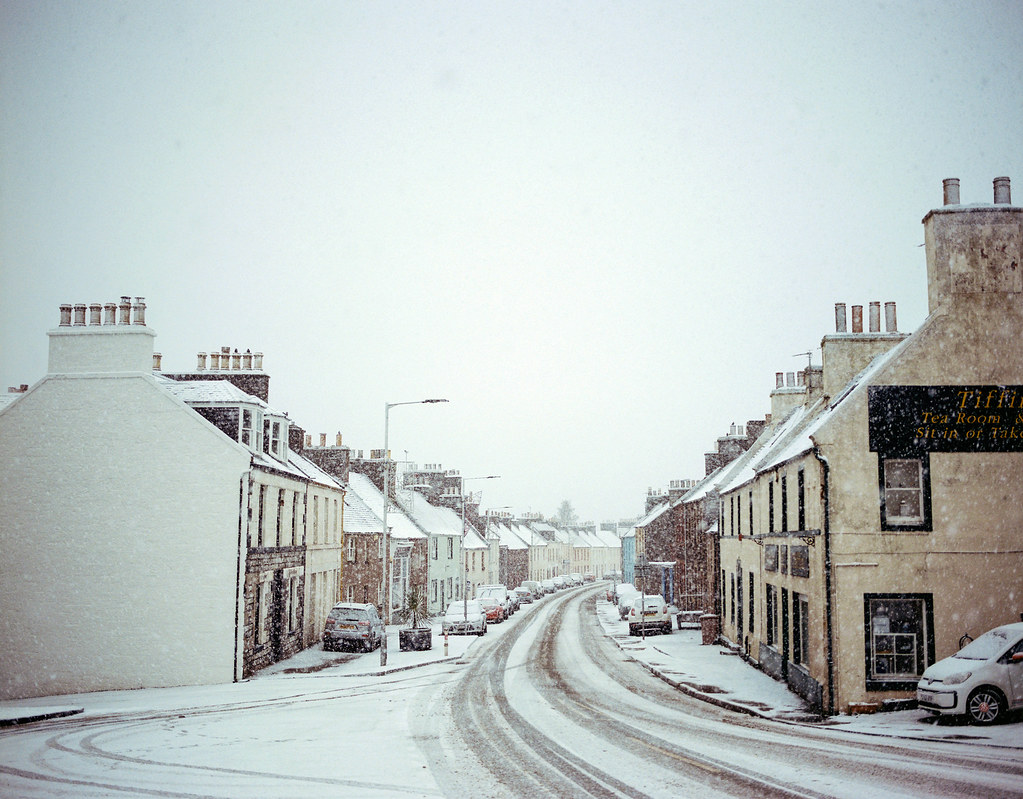Winter is on the way and it’s essential to prepare your home for the colder months to ensure you stay warm and save money on energy bills. One of the best ways to do this is by winterizing your home, which involves sealing up air leaks, insulating, and making sure your heating system is working properly. In this article, we’ll go through the essential checklist for winterizing your home so you can stay warm and cozy all winter long.
Seal up air leaks: Air leaks in your home can lead to drafts, which can make it feel colder inside and cause your heating system to work harder. To seal up air leaks, use caulk or weatherstripping around windows and doors. You can also use a door sweep to prevent drafts from coming in through the bottom of your door. It’s important to check for air leaks in areas like electrical outlets, light switches, and around your chimney as well. By sealing these leaks, you can reduce the amount of warm air that escapes and keep your home more comfortable.
Insulate your home: Insulation helps to keep the warm air inside your home and the cold air outside. If your home is not properly insulated, you may be losing heat through the walls and roof. To insulate your home, you can add insulation to your attic, walls, and floors. Insulation is rated by R-value, the higher the R-value the better the insulation is. Make sure you use appropriate insulation for the area you are insulating, for example, use fiberglass insulation in the attic and blown-in cellulose insulation in the walls.

Check your heating system: Before the cold weather sets in, it’s important to make sure your heating system is working properly. This includes checking the filter, cleaning or replacing it if necessary, and scheduling a tune-up with a professional. During the winter months, your heating system will be working harder and if it’s not working properly, it can lead to higher energy bills and potential breakdowns.
Use window coverings: Window coverings can help to keep the warm air inside your home and the cold air outside. Heavy curtains or blinds can be used to cover windows, and they can also add an extra layer of insulation to your windows. Additionally, using thermal lined curtains or shades can help to block out cold drafts and retain heat inside your home.
Take care of your chimney: If you have a fireplace, it’s important to make sure your chimney is clean and clear of debris. A dirty chimney can lead to a fire or poor ventilation, which can make it difficult to heat your home. Schedule an inspection with a professional chimney sweep to ensure your chimney is clean and safe to use.
Prepare your pipes: If you live in an area where the temperature drops below freezing, it’s important to prepare your pipes for the cold weather. This includes insulating pipes, draining outdoor faucets, and leaving the cabinet doors open to allow warm air to circulate around the pipes. If you’re going away for an extended period, it’s a good idea to keep the heat on at a low setting to prevent pipes from freezing.
Consider a programmable thermostat: A programmable thermostat allows you to set the temperature in your home to be lower when you’re not there or when you’re asleep. This can help to save energy and money on your heating bills.
Check your roof: Before the winter months, it’s important to check your roof for any leaks or damage that could
Winterizing your home is an essential step to take before the cold weather sets in. By sealing up air leaks, insulating, and making sure your heating system is working properly, you can stay warm and save money on energy bills. Remember to use window coverings, take care of your chimney and prepare your pipes, so you can enjoy a warm and cozy winter. By following these tips and creating a winterization checklist, you can ensure your home is ready for the cold months ahead.
